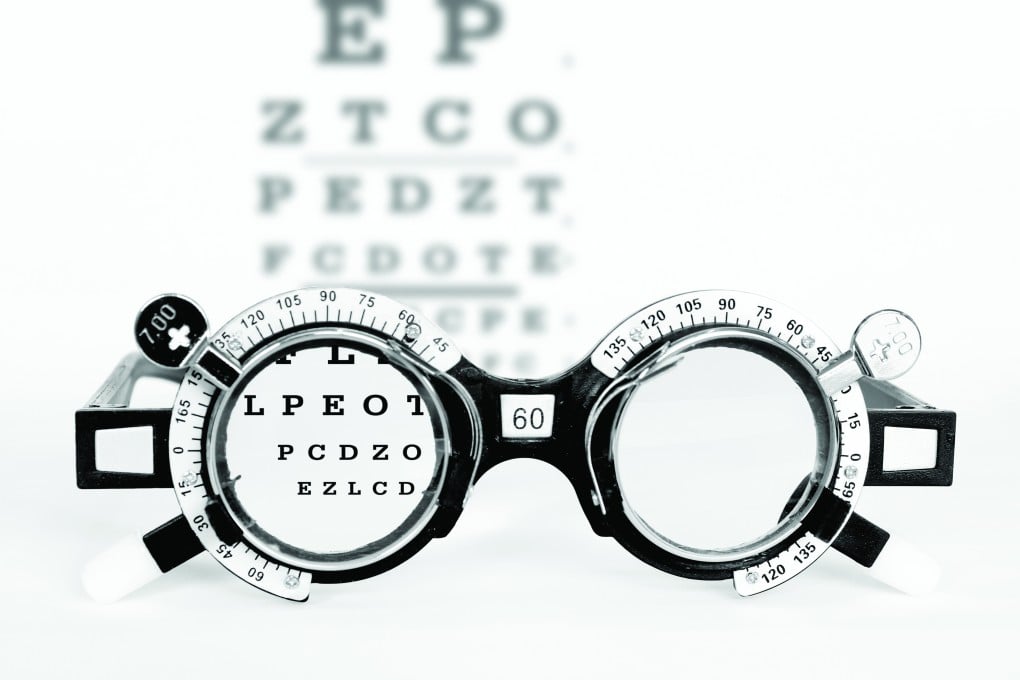Language Matters | How the term 20/20 evolved – from visual acuity to general excellence
- The idiom ‘20/20 vision’ was never meant to imply excellent, or even above average, eyesight
- The semantic leap seems to have come through jive talk, or jazz musicians’ slang

By the Gregorian calendar, we have just welcomed the 2020th year of the Common Era. While the year is no more special than any other, it does mark the end of the 2010s and the start of a new decade. In reflecting on the past 10 years, one idiom may be particularly apt: hindsight is 20/20.
Here 20/20 does not refer to the calendar year, however. It is a Snellen fraction, a measure of normal visual acuity of a person, that is, the sharpness and clarity of one’s sight, derived from the chart developed by Dutch ophthalmologist Herman Snellen in 1862. A typical Snellen chart consists of 11 rows of letters – formally known as optotypes – starting with one big letter at the top, with each line decreasing in size, and increasing in the number of letters per row.
The smallest row that can be read accurately at a distance of 20 feet – or six metres in contexts outside the United States – indicates the visual acuity in a specific eye. The row comprising the large letter E, at the top of the chart, is labelled 20/200 or 6/60, meaning that an average person would be able to see it clearly at a distance of 200 feet or 60 metres. The 8th row is the 20/20 or 6/6 line – the row whose letters a person with normal acuity can read at a distance of 20 feet or six metres. Although 20/20 indicates normal visual acuity, it is often used colloquially to refer to good, sometimes perfect, eyesight.

The semantic leap from 20/20 meaning “seeing well” to encompassing the quality of being superlative in other domains appears to have happened through jive talk – jazz musicians’ slang, which developed from African-American vernacular English in Harlem, New York, and was adopted more widely in African-American society, peaking in the 1940s. In perhaps the earliest documentation of this, songwriter Lou Shelly ‘s 1945 Hepcats Jive Talk Dictionary defines “twenty twenty” as meaning “excellent”, while Harry Haenigsen’s 1947 comic book Jive’s Like That uses “twenty-twenty” to refer to someone good-looking, attractive.
The phrase “20/20 hindsight” – the ability to see clearly what should have been done – evolved a couple of decades later. British aeronautical weekly journal Flight International in 1962 noted “the newest expression in the US air transport business” – namely, “20/20 hindsight”.
